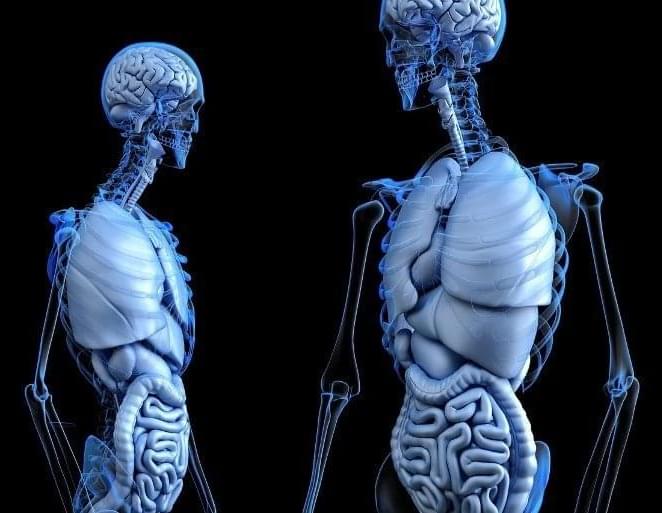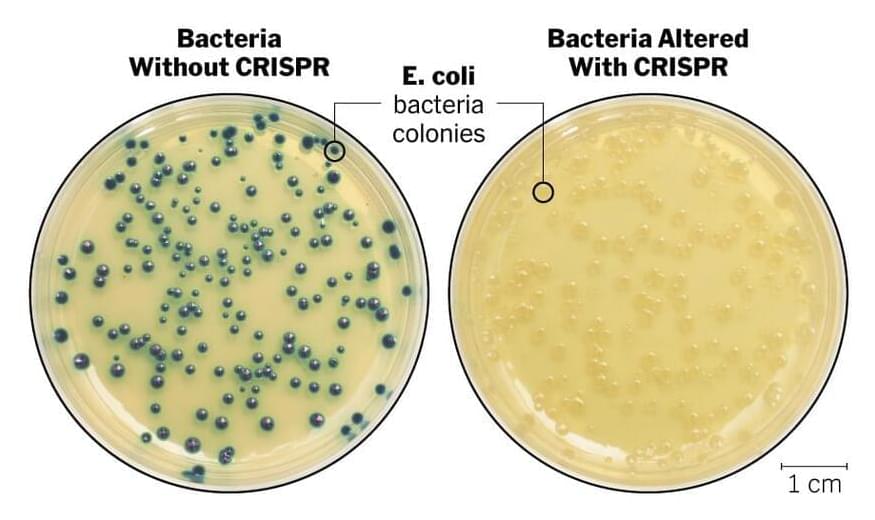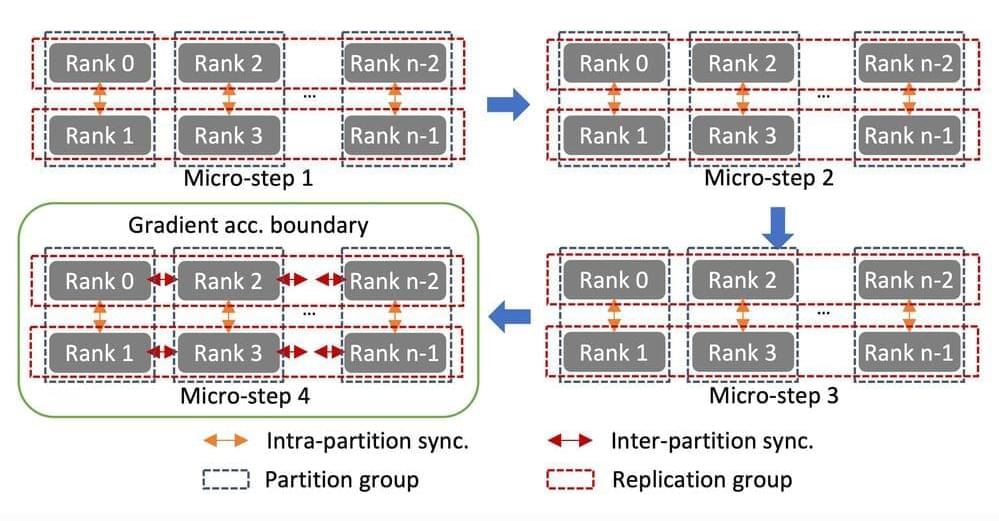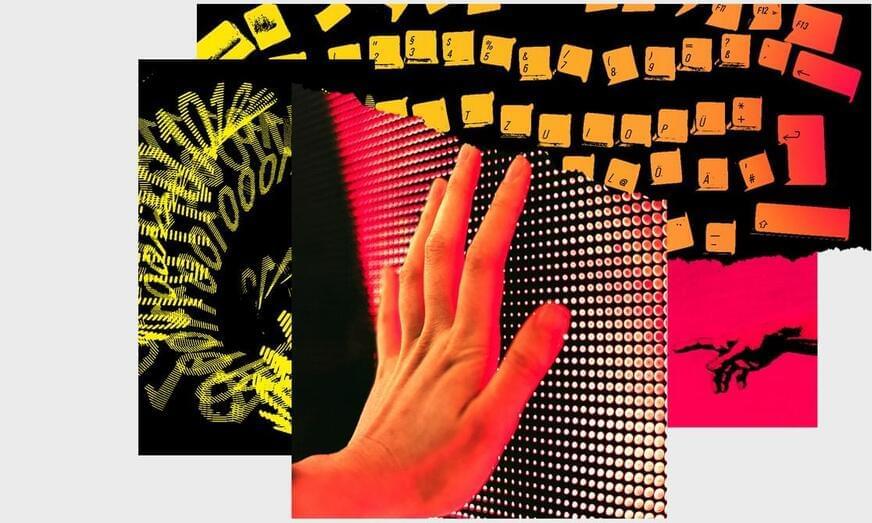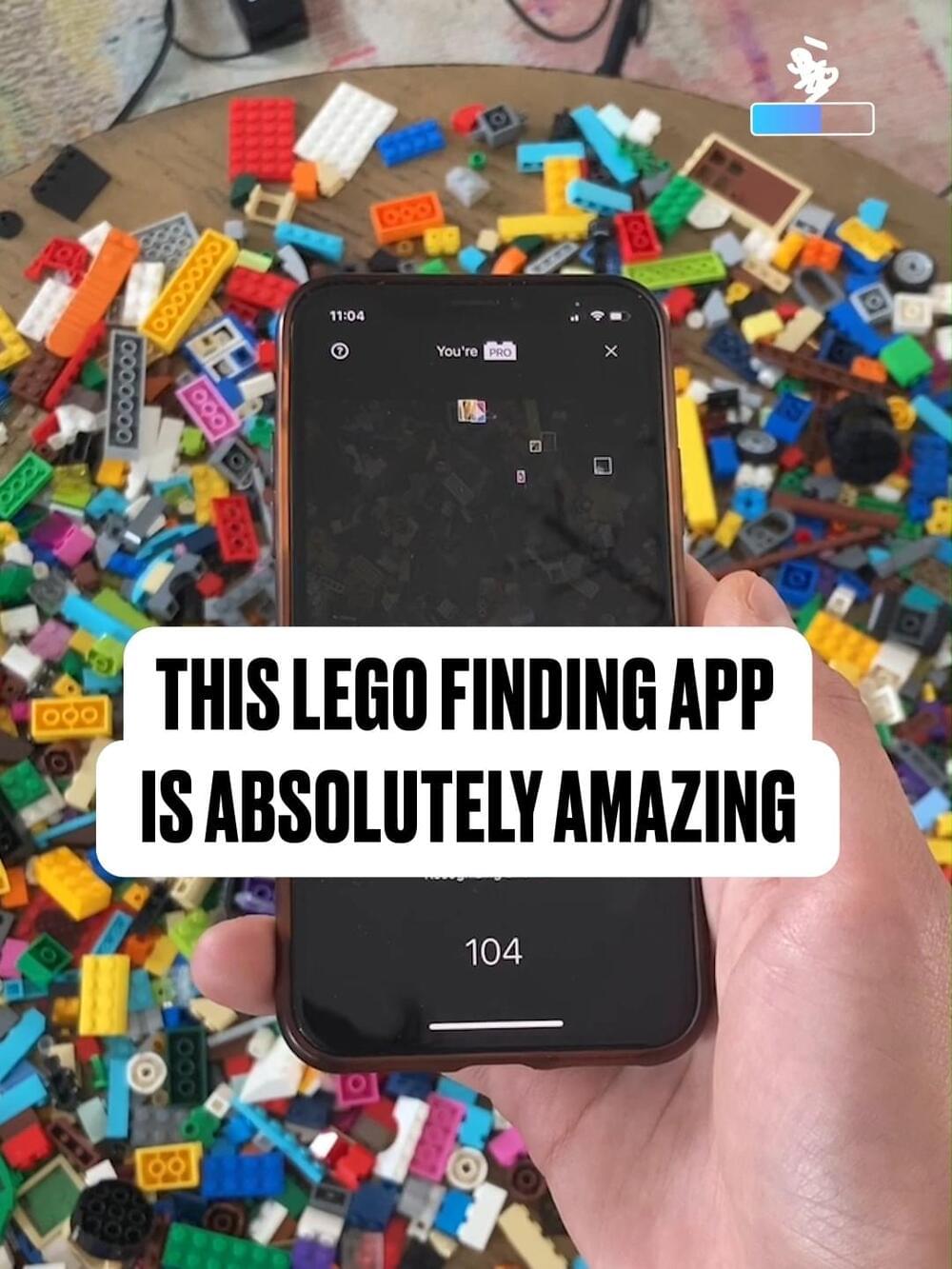Page 5037
Jun 28, 2022
CRISPR in the Classroom
Posted by Jose Ruben Rodriguez Fuentes in categories: biotech/medical, education
A new generation of scientists is growing up with CRISPR technology. Here’s how some high school students learn to edit genes.
Jun 28, 2022
The ISS is expected to crash into Earth’s atmosphere in 2028 😥
Posted by Alberto Lao in category: futurism
Jun 28, 2022
Near-linear scaling of gigantic-model training on AWS
Posted by Dan Kummer in categories: computing, food
Linear scaling is often difficult to achieve because the communication required to coordinate the work of the cluster nodes eats into the gains from paralleliza… See more.
A new distributed-training library achieves near-linear efficiency in scaling from tens to hundreds of GPUs.
Jun 28, 2022
One Day, AI Will Seem as Human as Anyone. What Then?
Posted by Dan Kummer in category: robotics/AI
A Google engineer’s claim that the LaMDA program is sentient underscores an urgent need to demystify the human condition.
Jun 28, 2022
You’ll never have to search for LEGO pieces again with this app! 😱
Posted by Muhammad Furqan in category: futurism
Jun 28, 2022
Why changing your mind is a feature of evolution, not a bug
Posted by Kelvin Dafiaghor in category: evolution
The ability to change your mind is a key part of being a social creature. Reasoning by oneself is a shallow endeavor.
Jun 28, 2022
Three Kids Are Thriving After Kidney Transplants With No Immunosuppressants
Posted by Kelvin Dafiaghor in categories: biotech/medical, computing, genetics
Our bodies can’t plug-and-play organs like replacement computer parts. The first rule of organ transplant is that the donor organs need to “match” with the host to avoid rejection. That is, the protein molecules that help the body discriminate between self and other need to be similar—a trait common (but not guaranteed) among members of the same family.
The key for getting an organ to “take” is reducing destructive immune attacks—the holy grail in transplantation. One idea is to genetically engineer the transplanted organ so that it immunologically “fits” better with the recipient. Another idea is to look beyond the organ itself to the source of rejection: haemopoietic stem cells, nestled inside the bone marrow, that produce blood and immune cells.
DISOT’s theory is simple but clever: swap out the recipient’s immune system with the donor’s, then transplant the organ. The recipient’s bone marrow is destroyed, but quickly repopulates with the donor’s stem cells. Once the new immune system takes over, the organ goes in.
Jun 28, 2022
The World’s Smartest Robot Is Living in Vancouver
Posted by Kelvin Dafiaghor in category: robotics/AI
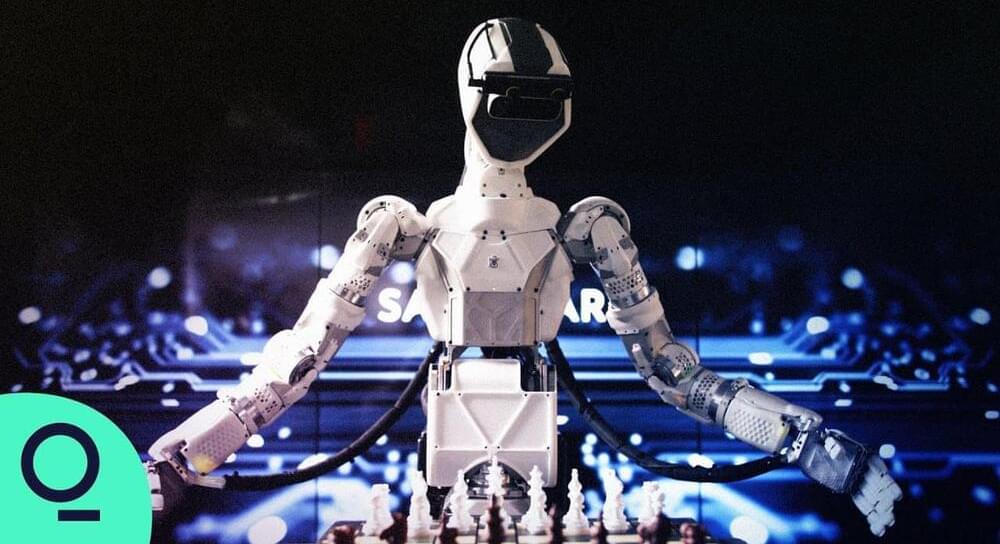
Sanctuary AI says building human-level artificial intelligence that can execute human tasks safely requires a deep understanding of the living mind. Hello World’s Ashlee Vance heads to Vancouver to see the startup’s progress toward bringing robots to life.
Watch more Hello World in the Pacific Northwest:
Continue reading “The World’s Smartest Robot Is Living in Vancouver” »
